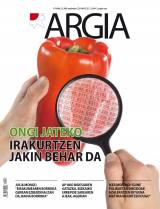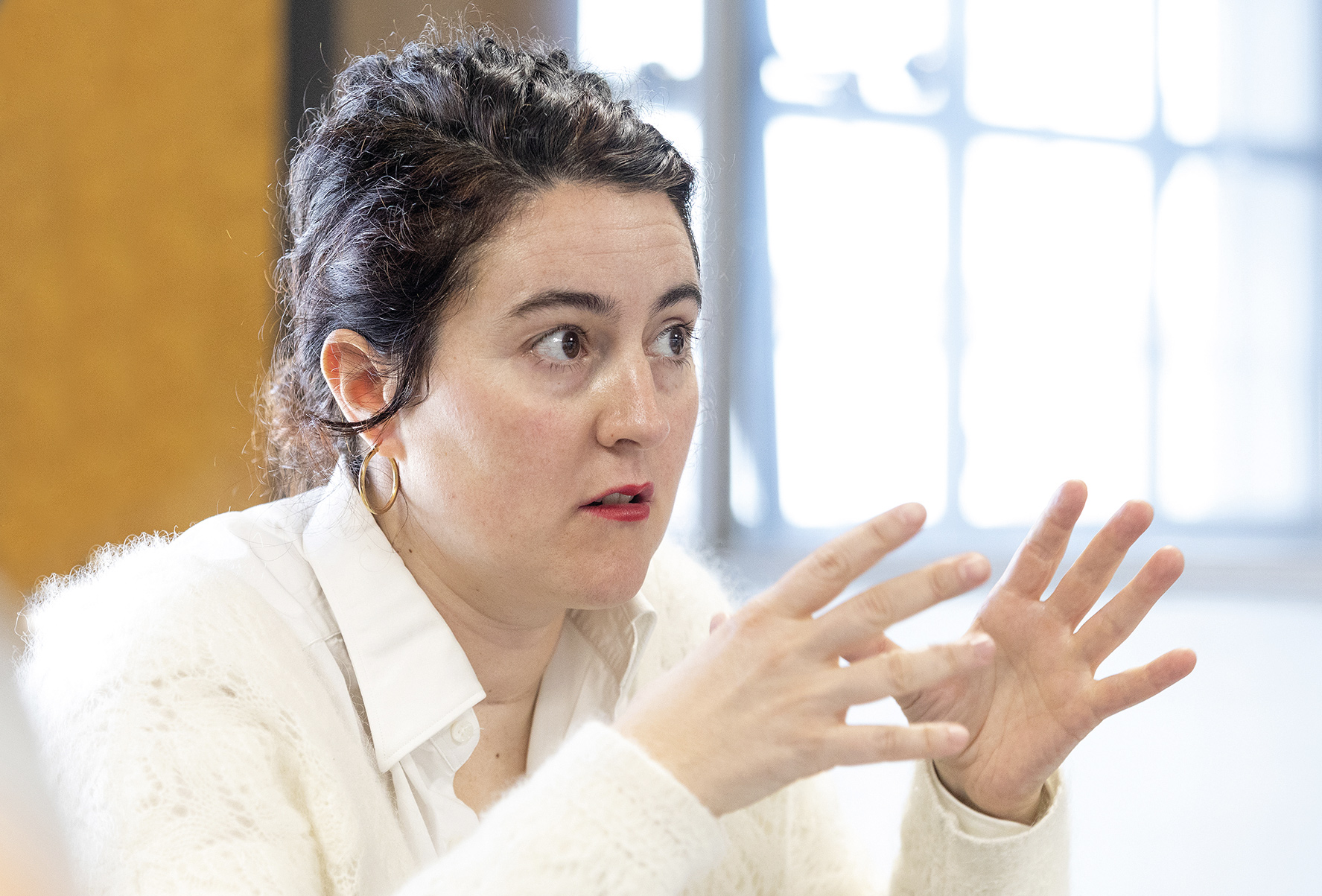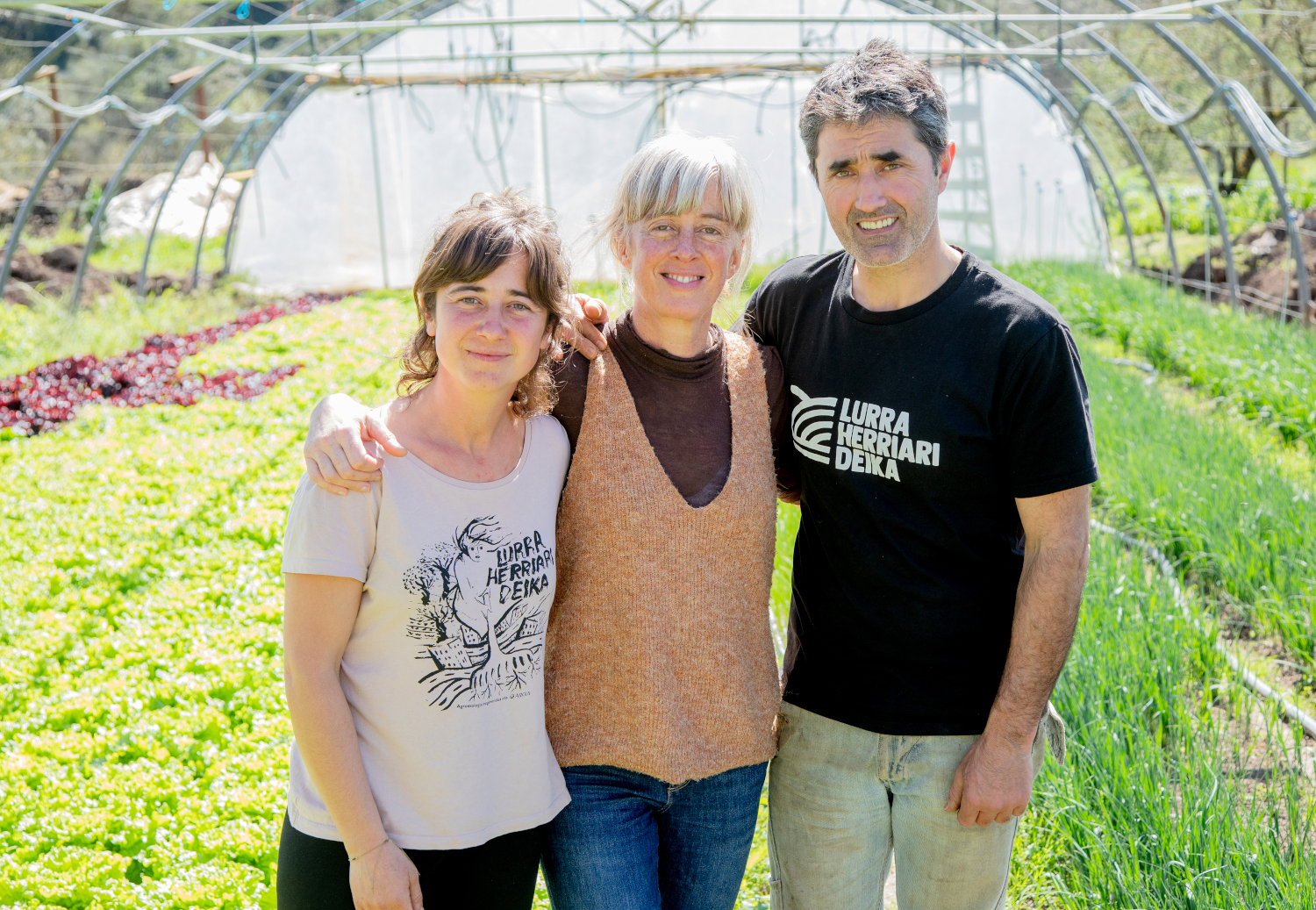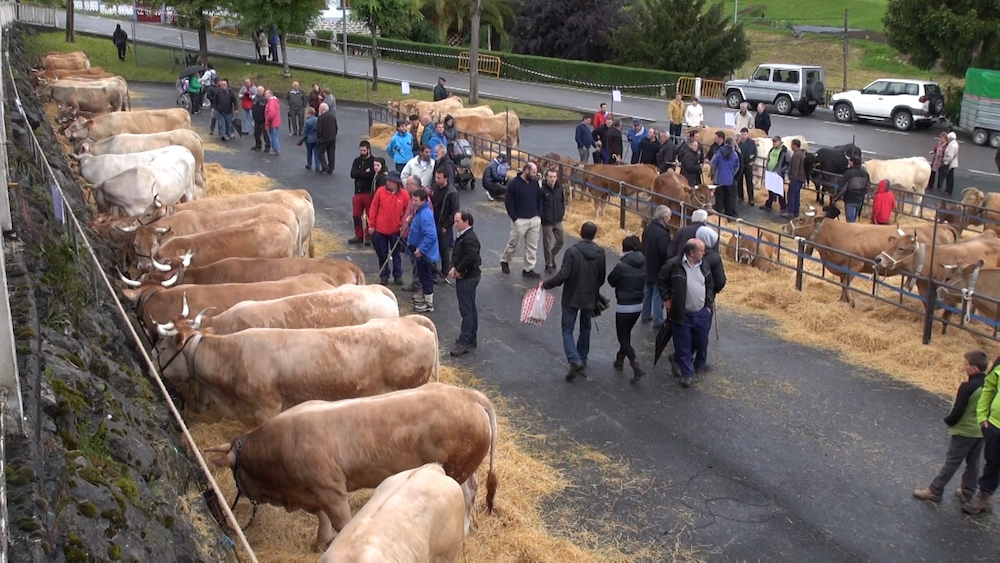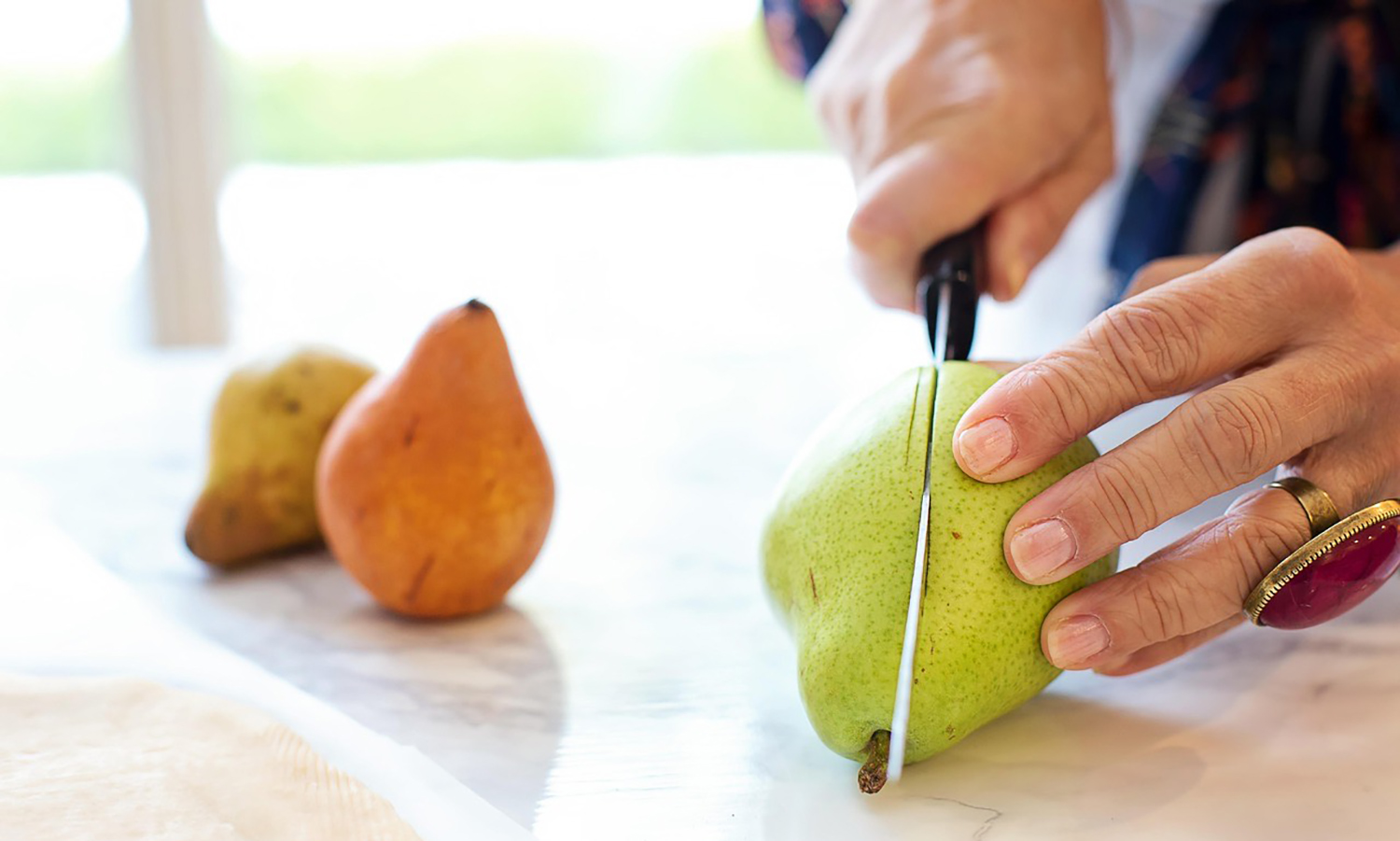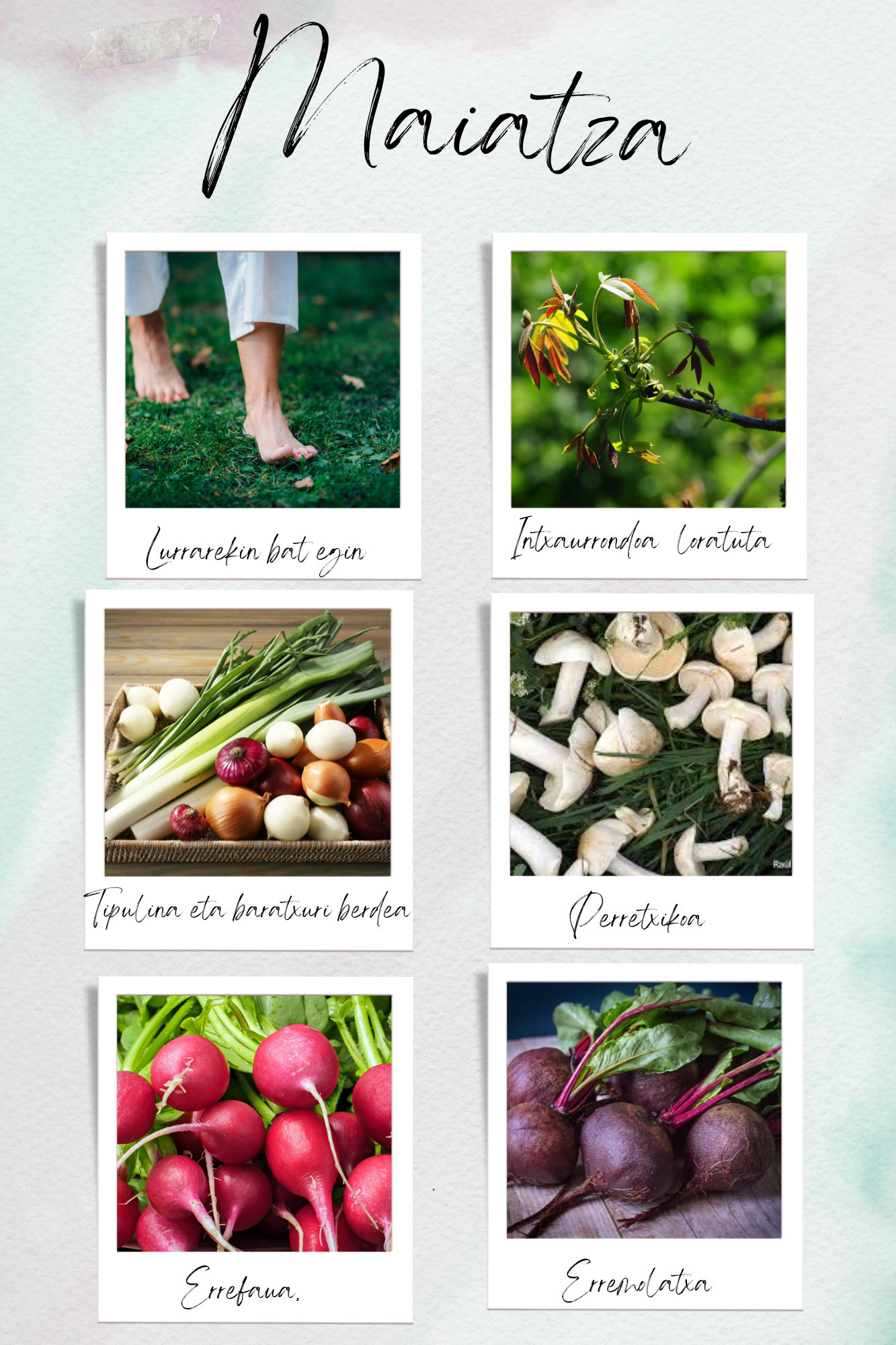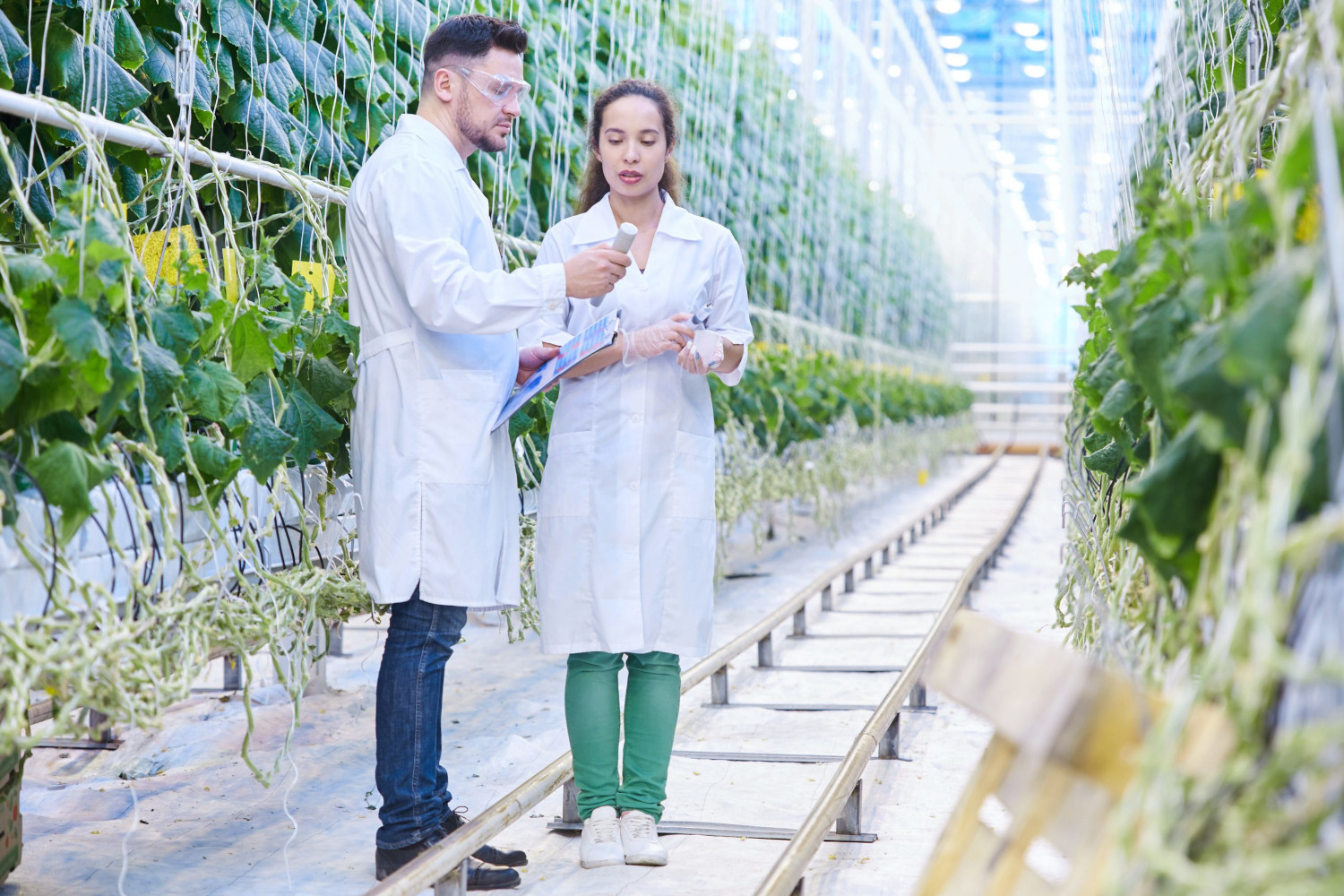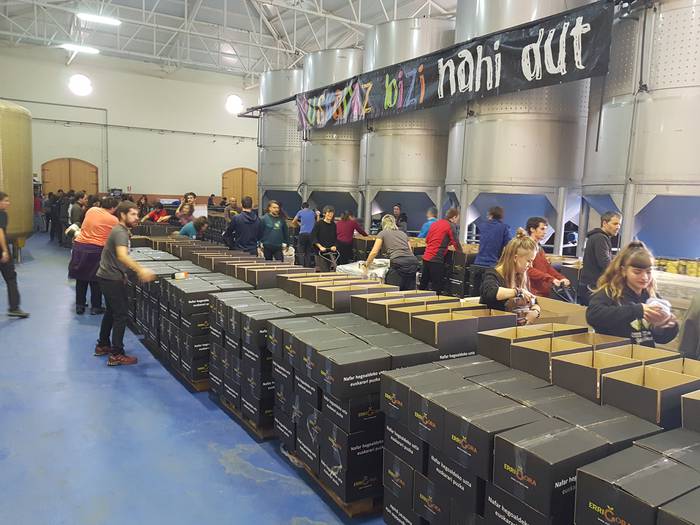Supermarket Adaptation Guide
- Izaskun Berasategi Zabenhancement is a nutritionist, has a consultation in Pamplona and teaches nutrition workshops in educational centers in Navarra. He has advised us what we should pay attention to when buying what we are going to eat, if we want to make responsible and critical consumption.
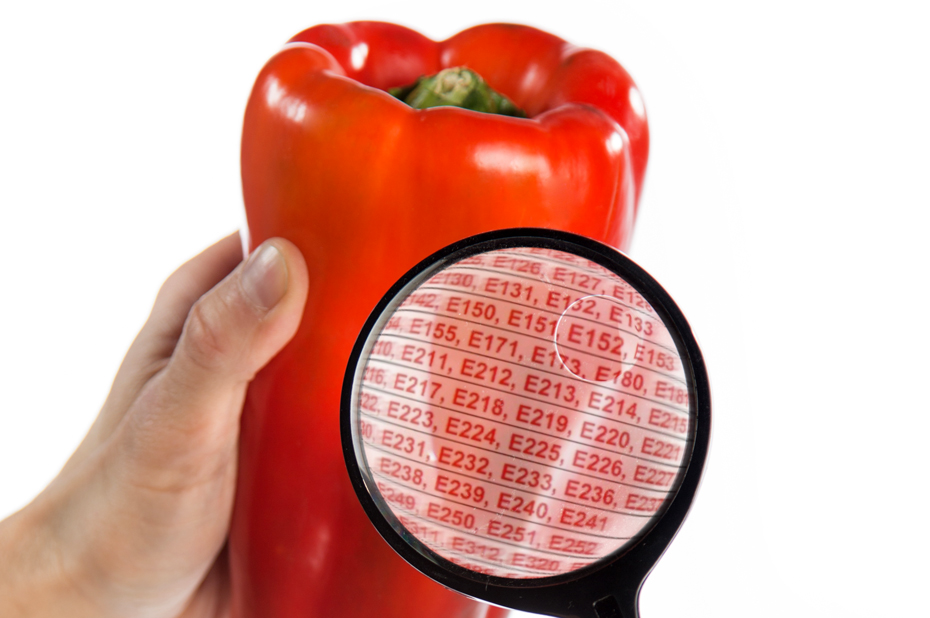
LABELS: How to read the components
The famous elements expressed with the letter E are additives added to the basic ingredients of the food. The main E are dyes (E100-180), preservatives (E200-290), antioxidants (E300-321) and textured agents (E322-483). They are regulated and the rule says that they are not harmful or at least not in those amounts, but many of these E are quite new and not fully investigated: “They are increasingly being used, accumulated in our body and in some cases we don’t know what influence they can have on us in a few years’ time. That’s why the less you consume all these E, the better,” says Berasategi. The easiest way to avoid it, to eat fresh foods, “but we often prefer an easy, convenient and undemanding consumption, and for example, if we just want to shop once a month, purchased products will necessarily have conservatives.” Although some of these additives are already approved in our country, they are banned in other European countries. What is more, in some cases companies are not obliged to advertise them on the label if they do not reach a certain number.
What should we expect from yogurt? Having three or four components, if you have fifteen, can't be good. "We can remove products with ten or more ingredients from the basket"
The advice of Berasategi is to take some time to read the labels, compare them and act with common sense: if we are going to buy the ham and see that it has milk among its ingredients, because the milk protein is cheaper than the meat and they use it in various hams, it does not look like a highly recommended ham. Or what should we expect from yogurt? For it has three or four ingredients: milk, some bacteria to ferment milk, some dye… and therefore, if yogurt has fifteen ingredients, it cannot be good. “Those with ten or more ingredients can be removed from the basket. The fewer ingredients, the better.” The order of the ingredients is also important, as they are placed on the labels from highest to lowest, and it is not the same to see sugar in the list of ingredients than in the list of ingredients.
We've also asked the nutritionist to make a black list of ingredients. They say that we must keep monosodium glutamate as far as possible, trans fats, palm oil, too large sugar, refined (refined) flour, refined salt, dyes, artificial sweeteners and sweeteners, nitrite and sulphites. These ingredients are mainly present in processed foods (fast food, pastries, sausages...).
FATS: Trans and cholesterol paranoia
There are three main types of fats: unsaturated or unsaturated (we can find them in sunflower oil, nuts, blue fish, avocado...), saturated or saturated (in the stomach, fried potatoes, industrial pastries, meat, coconut oil and palm...) and trans fats (butter, fried potatoes, precooked industrial pastries, chocolate…). Trans fats are unsaturated fats that have become saturated fats due to the hydrogenation process and which, being the cause of many pathologies and diseases, should be avoided. In the Spanish State it is not yet mandatory to indicate that trans fats have been used, which in some countries are prohibited, but if the label indicates “partially hydrogenated fats”, it is a sign that it has trans fats. In addition, unsaturated fats are the most recommended: they help to increase good cholesterol and decrease bad cholesterol. Although cholesterol has gained a major role in recent years, for Berasategi it is not such a determining factor: “It’s not so much cholesterol that we internalize, but what our body does as a whole, for example, if we exercise. In the analyses, the limit they put on us is decreasing, from 240 to 220 and up to 200. It’s crazy, in the end we’ll all have cholesterol!”
LIGHT: It's not synonymous with healthier
In products that say light or "no fat", the taste is balanced with a lot of salt, sugar and starch. Lowering calories or fat doesn't mean you're healthier
Light means you have at least 30% less calories than the normal product (non-light equivalent), but you can have the same sugar or fat content. For example, fat has many calories, so you remove fat to be light, but to balance the taste you add more sugars than a conventional product (because it has less calories than fat) or you fill it with sweeteners, because with less you get a degree of sugar sweetness. We take many sweeteners or sweeteners and they are relatively new; it has recently been observed in diabetics who produce in the body the same effects as sugar, who considered that the elimination of sugar and the consumption of sweeteners was a solution for diabetics. The same applies to products that add “low fat” or “no fat”: to balance the taste, they usually have a lot of salt, sugar and starch. Lowering calories or fat does not mean, much less, that the food is healthier. Conversely: In the United States, fats have decreased in recent years in response to problems such as obesity, diabetes or hypertension, but they have increased and many experts agree that sugar consumption is the main cause.
SUGAR AND SALT Overdose
We consume too much sugar and if we accumulate too much sugar in the body and do not burn it, it can harm our health. The problem is that today they add sugar to many products, a refined sugar that has undergone a chemical process and has only calories. Once again, the nutritionist has recommended that we read the labels with common sense: The ham has sugar? No. Well, if we see that the ham has sugar -- and it often has -- we buy another one. There are foods that have a natural sugar, such as fruits: it is a natural sugar, not refined, and it is not only sugar, because it also has vitamins, fiber… Our body does not need added sugars, we only need what the food itself provides us naturally. How to know if sugar is natural or added? Easily, if sugar appears in the list of ingredients, this means that refined sugar has been added to it. On the other hand, the nutritional table will always show the sugar, whether the food is natural or added: within the carbohydrates the number of sugars will be indicated, and the lower the amount, the better. On the other hand, if you want to take sugar for the addition of beverages, etc., the most appropriate is the panel: it is sugar taken directly from the cane, without refining in any chemical process, and containing some mineral and some vitamin.
Salt is also highly recommended, as the World Health Organization recommends consuming less than 5 grams a day, and we consume on average twice as much. Canned foods, or pre-cooked foods, all have salt. Sodium and potassium are two minerals and our body must maintain the balance between the two; if we take a lot of salt and therefore a lot of sodium, there is an imbalance with potassium (acting on tension, heart or body fluids).

INTEGRAL: Complete copy, better than bleaching
Although there are those who relate the word integral to the issues of slimming, being integral means that the cereal or seed has remained intact, without whitening or refining, and is always better than bread, rice, cookies… in general, take whole foods with cereals, because the outer layer gives us fiber, which is the one we take very little, because there are only many vitamins and minerals in that skin, and because it is natural, except for the process of crust. But what do food companies do on a number of occasions? Over the peeled cereal product is added a crusher (chopped cereal grain bark) that makes it integral. To avoid this kind of inconvenience, prefer a food that puts “whole grain”.
EGGS: Detailed information on the growing of hens
Look at the box: the first number says how they raised the hen (number 0 indicates organic production, 1 is a wild hen, 2 is a grounded hen and 3 is a cage); the next two letters account for the country (for example, FR would be France); and the next eight numbers explain the province and the village.
MEAT, FISH, VEGETABLES, FRUIT Small business guarantee
To buy fresh products, the nutritionist recommends going to small trustworthy shops, where it is easier to know where the product has been produced, whether it is seasonal or how long it takes in the establishment. One example: “Often, in supermarkets, priority is given to the fruit that has grown rapidly to look nice, but then it has no vitamins, no taste, nothing. Studies indicate that oranges in small shops have more vitamin D than in supermarkets, as in small shops they are going to buy oranges every week, but in large supermarkets, as they have room, they can book when they are green – the green fruit has no vitamins, has not had time for the whole process – and they can store them for a long time.” Berasategi has also given us a warning: we eat about three times more meat than recommended.
MILK: False beliefs
In Berasategi’s words, once again, the key is in the ingredients. What will milk have? Well, milk, it doesn't need anything else, and if it has 20 other ingredients, it's not very reliable. From the point of view of fat (whole, semi-skimmed, skimmed), the nutritionist advises the whole fat, as “you don’t have to remove it”. And if it's from here and from home, "much better." To know how the cow has been cared for, what the production has been or how the farm is, you can know how the milk brand works. Milk undergoes a process of UHT or uperization (treatment based on a large change in temperature) to last longer, and only loses some vitamin. It has been heard, the nutritionist tells us, that the expired milk is brought back to the factory and goes through the UHT process to sell it for the second time, “but it is a lie, among other things because it comes out more expensive than producing new milk.”
PAN: To what extent is it perverted?
On white bread, the chopped bark of the grain of cereals is added, which is sold as a whole. To avoid this kind of misconception, prefer a dish that puts "all the grain"
Berasategi states that the quality of bread is becoming increasingly uncertain. “In supermarket loaves, such as droughts, you can read on the label the ingredients it carries, but with bakery loaves the concern has been created because sometimes, to be cheaper, they give it many ingredients to use and balance a low quality flour (sugar, salt, flavorings…).” The bread we took hot in the afternoon, which has just been taken out of the refrigerator and put in the oven, “That’s the worst, because it has many pre-prepared preservatives. And the same with the dough that is sold in the supermarket to warm up at home.” The bread that gets very hard the next day should be avoided: “Home-made bread can last for a week and won’t get hard, which is true.”
BLACK LIST: Soft drinks, juices, processed and pre-cooked food
Berasategi does not like to ban food from anyone, but as he has recently made us a black list of ingredients, the less some products are taken, the better. Soft drinks, for example, only have a lot of sugar – it’s not very advisable to have gas. Industrial juices are the same: they contain a lot of sugar – or sweeteners in the absence of sugars – and normally the vitamins contained in the fruit have been lost in the heat process it supports for its preservation. The pre-cooked also lose many nutrients along the way and have a lot of ingredients in large quantities: fats, salt, sugar… The meat that has undergone some transformation is processed meat (in salt, smoked, turned into chorizo…) and causing a lot of stir, as explained by the World Health Organization last year, it is best to reduce its consumption due to the quantity of ingredients that are usually used to process (sugar, trans salt).
ATTENTION: Don't be fooled
We have already clarified that we must be careful when reading concepts such as light, low fat, integral or partially hydrogenated. If you say that the product is “source” of a certain ingredient, “rich” in it, or that it has “a high quantity” of that ingredient, you will find the list of requirements and percentages that the product must meet to put it in the European Union Nutrition Declarations. Note that “packaging” in Spain/France/Euskal Herria does not mean that it has been produced there, or that fortified foods that became fashionable at one time are not always effective: enriched with omega 3 or calcium, milk with vitamin D… and in these cases, sometimes our body is not able to absorb and take advantage of these supplements that have been artificially added to the food, so it will leave our body such effect. “If we maintain a balanced diet, most vitamins and minerals will be taken naturally and we will not need supplements. But to do so, you have to have a balanced diet…”.
ALLERGENS: Ingredients sauce, hard to control
If the food is one of the 14 main allergens – or the risk of it – it should be indicated. “Today, many foods have a lot of ingredients and it’s hard to control them. Who can’t drink milk, before he didn’t get dairy and it ran out, but if he now eats ham, he may have milk!” For example, pre-cooked products have so many ingredients that it is sometimes not easy to identify allergens.
CRITICAL LOOK: What to eat, to be him
Given the number of meals we eat each day, the nutritionist believes it is essential to have a critical view of what we eat. As Carlo Petrini, founder of the Slow Food Foundation in ARGIA, said, eating is a political action, a “political option,” and Petrini has a clear choice: He claims “the right to eat the good, the clean and the fair”. Izaskun Berasategi has no doubt either: buy the least cooked, fresh things, and each one of them prepares them. “It’s going to ask us for more time and effort, to get everything done quickly and conveniently clashes with today’s lifestyle, but quality is going to be better and we will know what brings what we buy.” More and more citizens have chosen this route: local consumer groups are multiplying, the vegetable garden is increasingly taking up more space in our villages, and there are many associations that give advice for responsible consumption (such as Navarra Adentra). And what is responsible consumption? Sustainable – in Europe and EE.UU. We buy twice what we eat or, in other words, we throw half what we buy away; green – based on production and transport models that minimise the environmental impact, generate few waste and recyclable – ethical – done in companies that do not promote precariousness – and social – of social economy enterprises, which work with local producers and intermediaries and promote the economy of the environment.
When we buy coffee, infusions… the products that bear the stamp of fair trade are a good guarantee of responsible consumption. Eco-friendly is also a reliable seal – as before, organic or organic seals are synonymous with eco-friendly – because the products have not been treated with any non-natural pesticide or chemical and have been cultivated or cultivated with respect to the cycles of nature. But it is also important to look at the origin, because the food that has been produced in the places, although ecologically, has behind an unsustainable transport model; not in vain the policy of relocation transports the goods as cheap as possible, filled with trucks the roads of the world and giant boats the sea. The “Integrated Production” or “Integrated Agriculture” label is also a guarantee: it ensures responsibility and commitment to the animal, the environment, land and landscape between organic and industrial production.

Mireia Centeno Gutierrez psikopedagogoak haurren elikaduraren inguruko zenbait gako eman ditu; hala nola jatera behartzeak eta jakiak debekatzeak dituen ondorioak aipatu ditu.
Florentzia, 1886. Carlo Collodi Le avventure de Pinocchio eleberri ezagunaren egileak zera idatzi zuen pizzari buruz: “Labean txigortutako ogi orea, gainean eskura dagoen edozer gauzaz egindako saltsa duena”. Pizza hark “zikinkeria konplexu tankera” zuela... [+]
Udaberrian orain dela egun gutxi sartu gara eta intxaurrondoa dut maisu. Lasai sentitzen dut, konfiantzaz, bere prozesuan, ziklo berria hasten. Plan eta ohitura berriak hartu ditut apirilean, sasoitu naiz, bizitzan proiektu berriei heltzeko konfiantzaz, indarrez, sormen eta... [+]
“Hondakinik ez platerean!”. Hori zen kontsigna gure txikitako otorduetan. Janariak zeozer sakratu bazukeen, batez ere ogiak; lurrera erori eta, jasotakoan, musua eman behar zitzaion. Harik eta adin zozoan mamia baztertzeko moda etorri zen arte, lodiarazten zuelakoan... [+]
Bizkaigane elkarteak elikadura burujabetzan oinarritutako proiektua du Errigoitin (Bizkaia), 1983tik. Instalazioak dauden lur eremutik aterarazi nahi du lur jabeak elkartea. EHNE Bizkaia sindikatuak adierazi duenez, instalazioek lege eta administrazio eskakizun guztiak betetzen... [+]
Martxoaren 10etik 26ra izango da udaberriko kanpaina. 'Beste modura, denona de onura' lelopean arituko dira gertuko ekoizpena, banaketa eta kontsumoa babestu eta sustatzeko, ager zonaldean euskara hauspotzen duten bitartean. Apirila amaieratik aurrera jasoko dira... [+]









